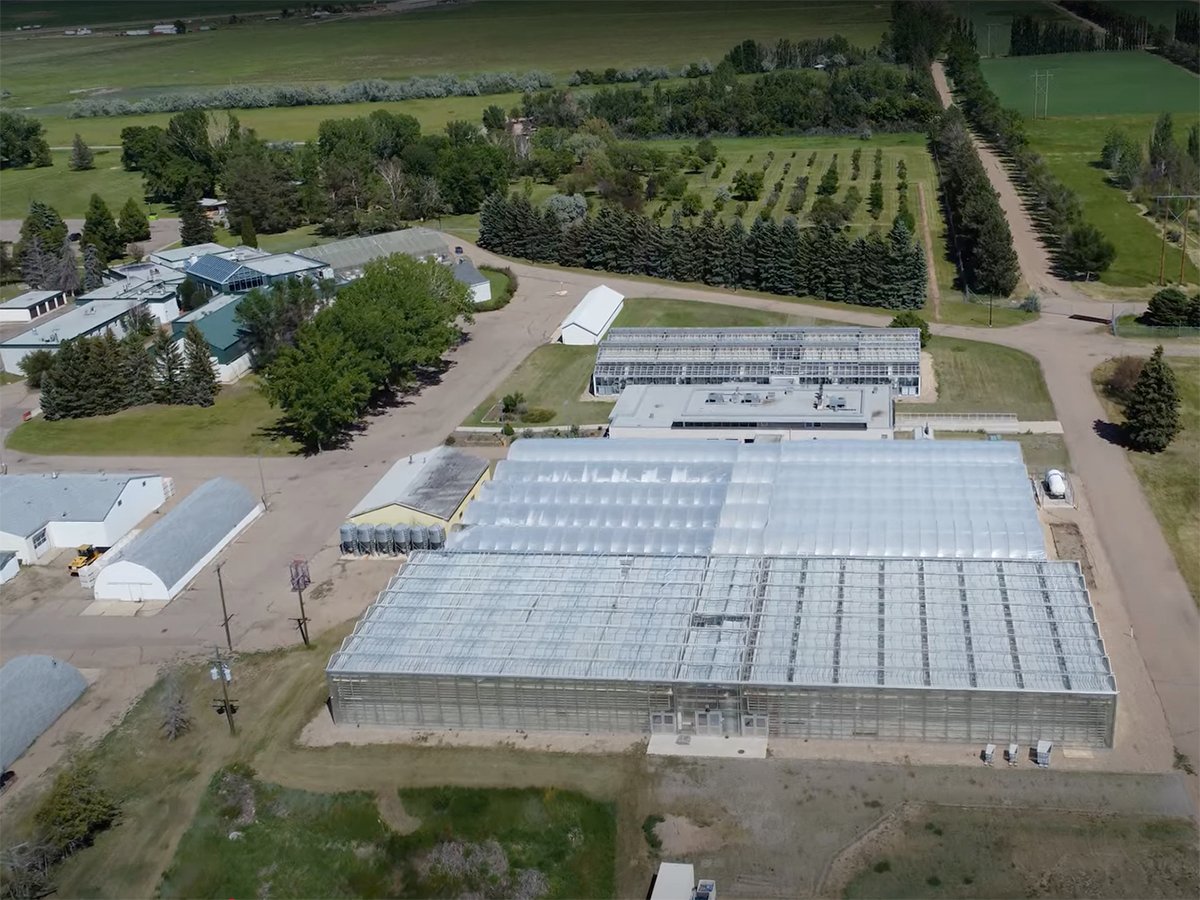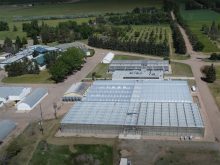The creators of Laird and Eston lentils have received a cash injection aimed at getting more creative juices flowing.
Saskatchewan Pulse Growers is providing the Crop Development Centre with $2.34 million over the next five years to develop high-yielding, disease-resistant pulse crops.
The money is an extension of a previous five-year funding arrangement that was entering its fourth year. The previous agreement amounted to $340,000 annually. The new deal gives the centre $450,000 immediately.
“We’re upping the funding because we’re seeing tremendous benefits coming out of this program. These people have proved that they can develop a lot of good varieties and use money efficiently to get good value for the dollar,” said Saskatchewan Pulse Grower chair Lyle Minogue.
Read Also

Alberta crop diversification centres receive funding
$5.2 million of provincial funding pumped into crop diversity research centres
“I have traveled to many countries in the world and looked specifically at their research programs and there’s no country in the world with a pulse breeding program that can match the one that’s right here in Saskatoon.”
In addition to the $2.34 million, the association will provide $430,000 over two years to hire a research pathologist and pay for the equipment associated with that position.
There will also be continued funding for specific projects. The group spends about $1.5 million a year on projects at various research facilities including the Crop Development Centre.
The pulse growers’ annual budget of $2.8 million is raised through a mandatory 0.5 percent checkoff. The group represents about 16,000 producers in Saskatchewan.
It has a unique arrangement with the centre to distribute new varieties to select seed growers at cost, with no royalty collection.
“Rather than paying us a royalty at the end, they’re putting their money up front into the development of varieties,” said the centre’s director Rick Holm.
He said the one-third increase in funding will be used to cover costs the centre has incurred over the past few years and to fund the creation of new and better varieties.
One new variety Minogue would like to see is a chickpea with more disease resistance and a shorter breeding season. Last year’s crop was devastated by disease and frost.
“If they can develop a variety that matures at a certain time before the frost hits, that could make our producers millions and millions of dollars just in one year.”
The pulse grower group will continue to give the centre rent-free access to 320 acres of land.
One thing not addressed is what Minogue calls “poor working conditions” for the pulse research team. Workers are cooped up in the science field lab, which was built in 1972.
“The space that the pulse breeding crew occupy was probably built to accommodate three or four people. We now have upwards of 15 people working in that same space,” Holm said.















